ASC 842 Is Here For Private Companies – Are You Ready?
Published by
Andy Detling
on
The Financial Accounting Standards Board issued new lease guidance to provide greater transparency and disclosure around companies’ lease portfolios, and the new standard significantly changes the accounting for certain leases compared to the old standard. There are many technical details that companies need to work through, and the post below provides a high-level overview of the key issues and steps to consider for your business.
Does it apply to my Company?
- Any Company that is required to prepare and present financial statements that conform with US GAAP is required to adopt ASC 842.
When is it effective?
- Publicly traded companies were required to adopt ASC 842 during annual reporting periods beginning after December 15, 2018. The transition date for private companies is annual reporting periods beginning after December 15, 2021. If you are on a calendar fiscal year and have not yet adopted, the effective transition date would be January 1, 2022. Most companies adopt the standard prospectively beginning at the beginning of the fiscal year.
What’s changing?
- For most companies, the most drastic change upon adoption of ASC 842 is the presentation and reporting of operating leases, in which the standard requires capitalization of a lease liability and corresponding right-of-use asset on the balance sheet. In addition, there are changes in the accounting for tenant incentives provided by lessors and deferred rent for lessees. The standard also requires expanded disclosure requirements for operating leases.
What’s not changing?
- Companies are still required to expense operating lease expense as incurred on a straight-line basis over the lease term. Adoption of the standard should not have a material change on the Company’s profit and loss.
What are the biggest challenges?
- The most significant hurdle in adoption of ASC 842 is ensuring the Company’s lease population is complete and accurate, and the required accurate data is available to enable the Company to perform the calculations and apply the accounting.
- Careful consideration must be given to service contracts which may contain “embedded” leases. What may not seem like a lease on the surface may meet the definition of a lease under the new standard and require the Company to account for such contract as a lease.
- Have a plan that includes a search for completeness and existence of leases and involves the right members of the team. Having the right team members and advisors engaged throughout the lease implementation process is critical to success
- Determination of discount rate and calculation of the present value of assets and liabilities
Other considerations:
- Given the significant change on the balance sheet, adoption of the standard may change external reporting to banks and other stakeholders.
If you have any questions or would like additional information, please contact Andy Detling at Andrew.Detling@brixeyandmeyer.com.
Tags:
Takeaways,
brixey and meyer,
Tax,
Tax Team,
Tax updates,
meal deduction,
New Year,
Business Meal Expense

.png)